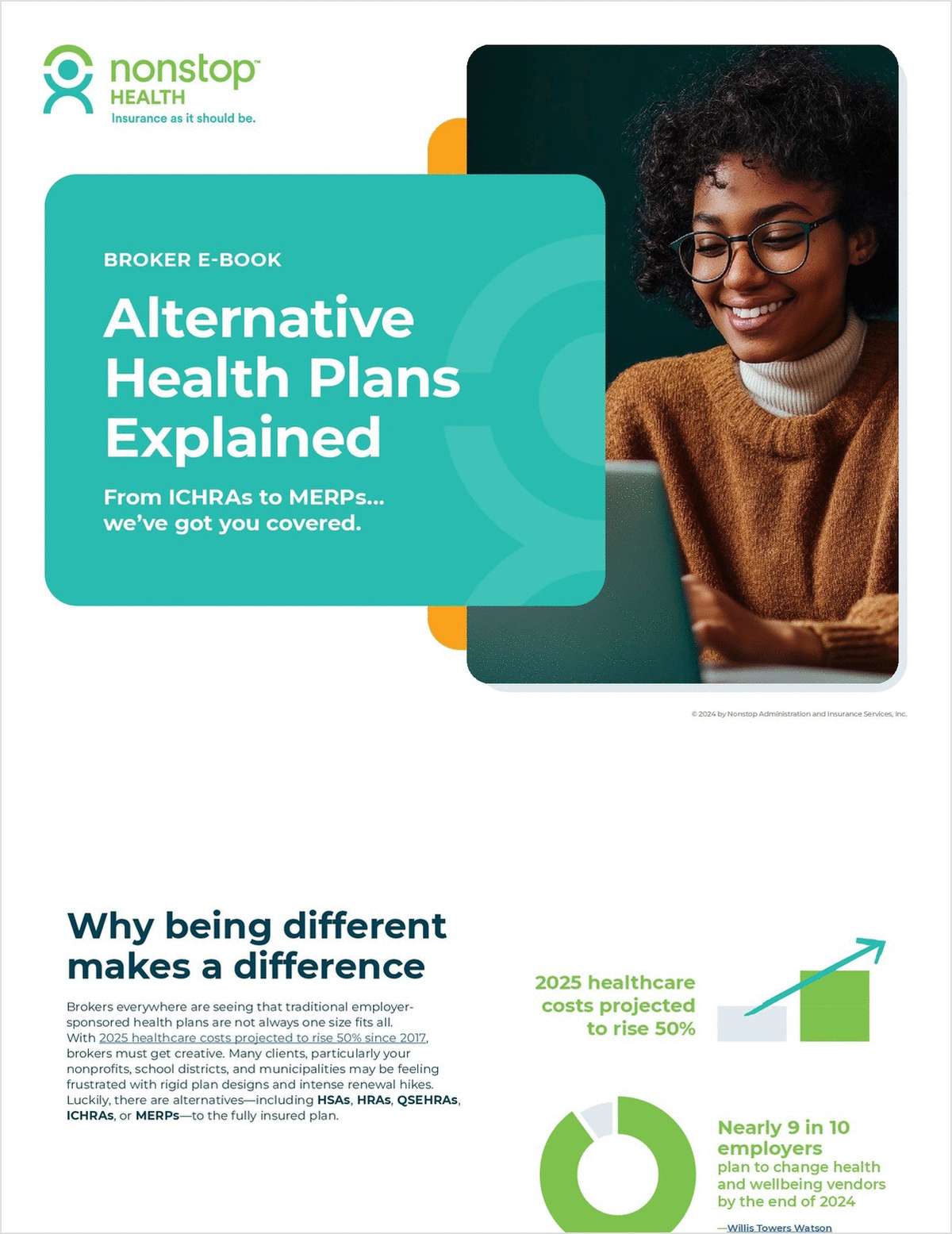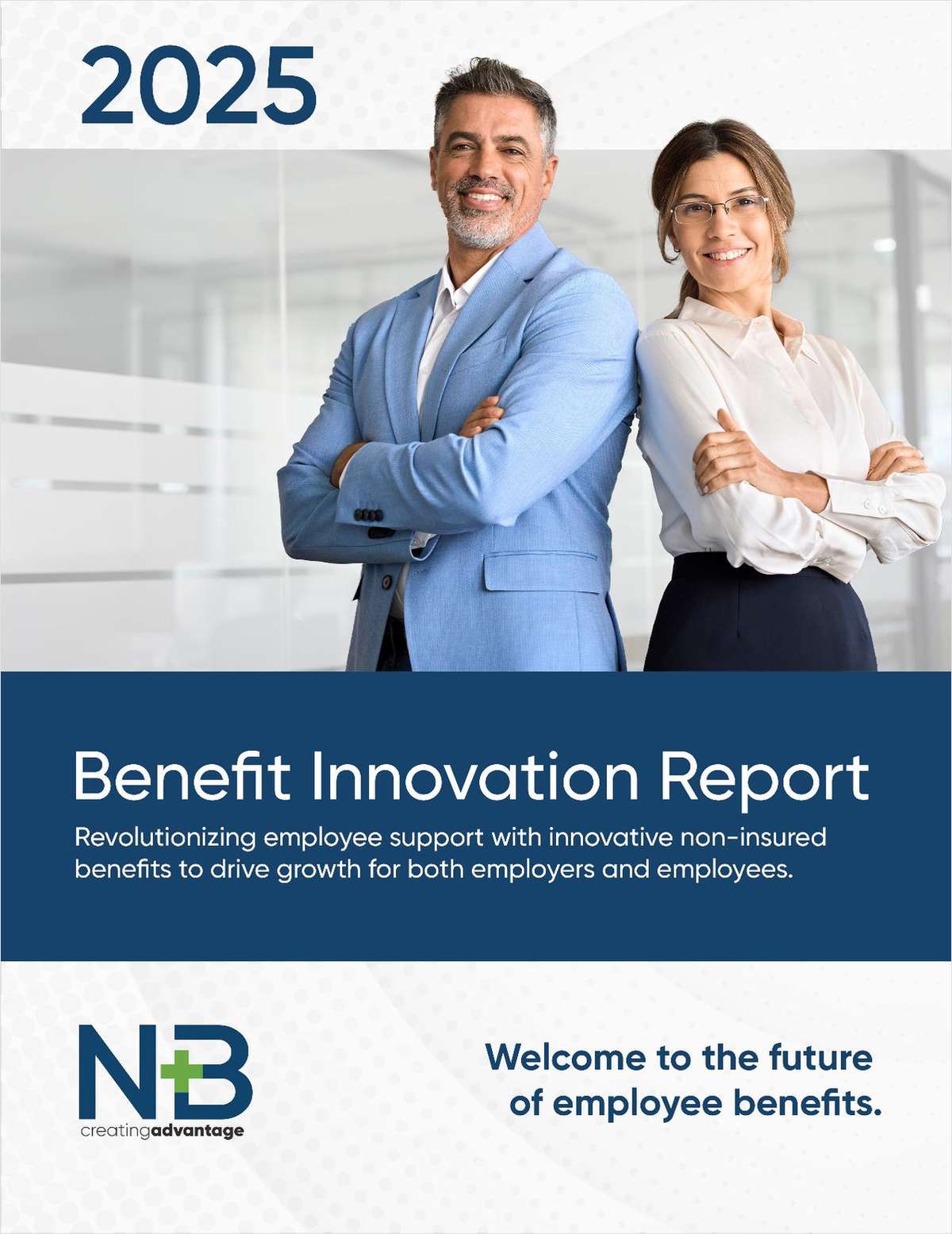Consider this item from a March 2012 RAND Corp. report:
“The onset of a work-limiting disability sets in motion a series of events that, for a growing number of workers, ends in early retirement from the labor force. … How workers and their employers adapt to the onset of disability is important. A policy that requires employers to provide private disability insurance benefits in the first two years after disability onset may be one way to encourage firms to take greater steps to rehabilitate and accommodate disabled workers.”
My first reaction was concern that even though the authors reference private disability insurance benefits, this is code for some form of mandated, state-managed coverage akin to the state disability benefits in a few states, only expanded to a two-year benefit period. This concern is amplified by the understanding that now that PPACA has set wheels in motion toward making the health insurance industry a government enterprise, certain politicians are now looking for ways to “fix” other aspects of the benefits industry.
But my second reaction is that we in the private disability market could almost use the report as a sales track for the recommended disability benefit program, which of course exists today in our industry.
Our friends at RAND would no doubt love a package that has coverage for 60 percent or more of an employee's income, benefits that are applicable during the two-year period when presumably they do not expect SSDI to kick in, and can supplement SSDI benefits after they do commence. Wouldn't they also add a partial disability benefit that provides a strong return to work incentive, making up for loss of almost any income while in the process of recovery? And how about rehabilitation and retraining services? Of course they would be offered. We can even provide options to pay additional benefits to survivors in the event the disability results in death, or to provide additional benefits when a life threatening illness is involved.
In keeping with one of the principles behind PPACA, which should be in line with the RAND study's goals, we will of course offer guarantee issue underwriting, even in voluntary plans (subject to some participation standard or case conditions).
And the products in question may be paid for by either the employer, or the employee depending on whether the plan is set up as employer paid or voluntary. If the employer decides to offer the plan, and wants prices directly reflecting their own experience, we can provide them with administrative services or contract to advise them on claim adjudication so they have the experience of a third party. Benefits could be designed as taxable at the time received, or free of taxation. There could even be a choice regarding taxation at the employee level.
If the plan is to be offered to employees as a voluntary option, we can offer an array of enrollment methods, communication and education options.
The RAND study just reinforces the fact that we have a long way to go in getting out the word on disability income protection. As an industry, we simply do not get enough credit for what we do in managing disability insurance benefits. Our products provide an array of options that have been deeply thought through and have been market tested for years. All we need to do is get the word out.
Complete your profile to continue reading and get FREE access to BenefitsPRO, part of your ALM digital membership.
Your access to unlimited BenefitsPRO content isn’t changing.
Once you are an ALM digital member, you’ll receive:
- Breaking benefits news and analysis, on-site and via our newsletters and custom alerts
- Educational webcasts, white papers, and ebooks from industry thought leaders
- Critical converage of the property casualty insurance and financial advisory markets on our other ALM sites, PropertyCasualty360 and ThinkAdvisor
Already have an account? Sign In Now
© 2024 ALM Global, LLC, All Rights Reserved. Request academic re-use from www.copyright.com. All other uses, submit a request to [email protected]. For more information visit Asset & Logo Licensing.








